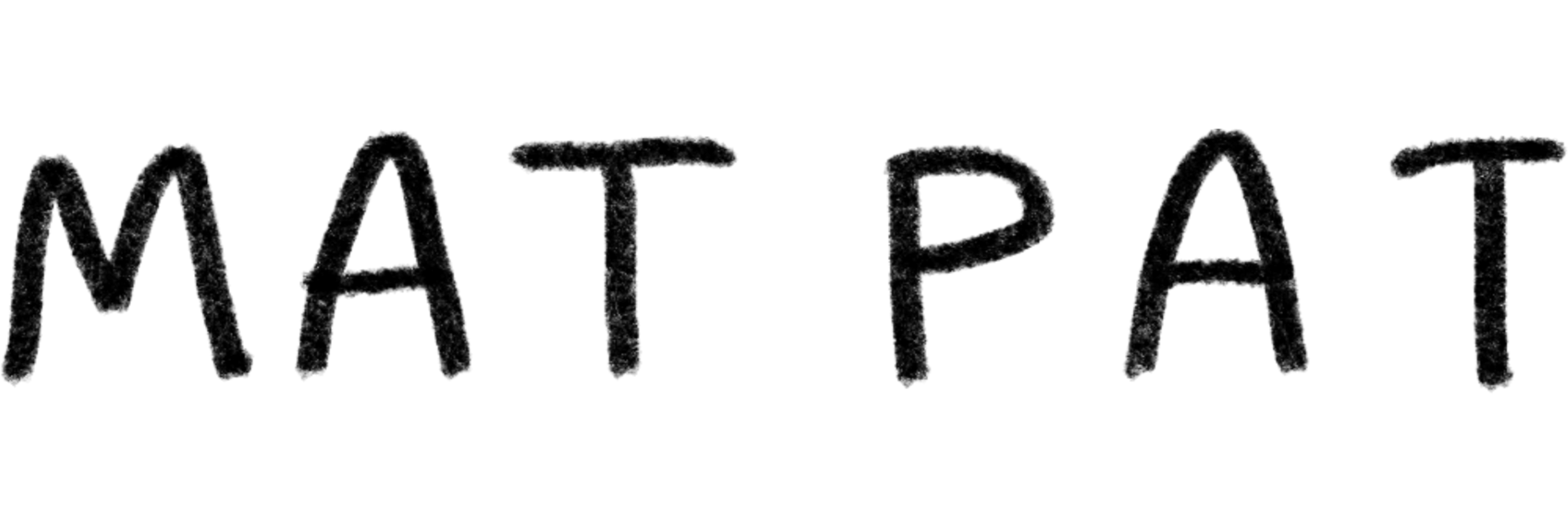︎︎︎Present by Nature - an overview
A research project developed in collaboration with Roberta Di Cosmo, supported by Waterschool M4H+ by Studio Makkink&Bey and funded by Experiment Grant Scheme Fund by Stimulerings Fond.
Humans live in a world. Every other species does too. According to the perspective these worlds might be the same, perfectly aligned, or different, irrevocably dissociated. These worlds are composed of ecosystems, the human-made identification of those ecosystems, and by the configuration of relations within them —semantically, operationally, and philosophically.
Third Landscape as a biological necessity, conditioning the future of living things, modifies the interpretation of territory and enhances areas usually looked upon as negligible. It is up to the political body to organize ground division in such a manner as to assume responsibility for these undetermined areas, tantamount to concern for the future. –Gilles Clément
Starting from the notion of the third landscape, it is that we decide to follow the narrating voice of nature in those lands where it reclaims its presence.
Since the early 1900s, Rotterdam has been influential because of its harbour. The first import companies for fruit, vegetables and plants were established, making Schiedam one of the largest import locations in Europe for primary goods, especially from the Americas. Continuous movement and transport led to Schiedam’s development from a countryside and rural connotation to a global industrial centre. This transition implied the emergence of a growing infrastructure and global networks, both visible and invisible. Over the years, humans have not been able to control the consequences of transport, its risks and its possible side effects on the land. Everything that was imported brought with it new inhabitants along with previously unknown seeds, bacteria, insects as well as new ways of living now part of our landscape.
The project Present by Nature explores a participatory act on the intervention area which starts with the action of mapping the territory surrounding the harbour in Schiedam in order to unravel the natural richness that is currently out of the human agenda. The mapping follows the stream of this nature that has travelled and has been transported —led by the wind and carried by human infrastructures. The research analyses step by step a number of actions that connect and assist the reading of the territory, from a macro to a micro perspective.
We thank for the contributions to the development of the project:
Alessandro Giovannucci
Cosimo Beduini
Flora Lechner
Michael Kaethler
Nina Runa Essendrop
Rianne Makkink
Studio Makkink&Bey
Studio ZIMA
